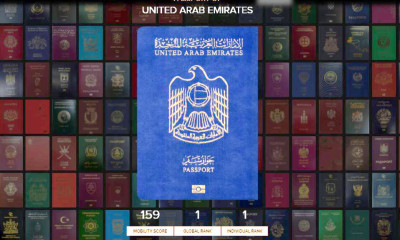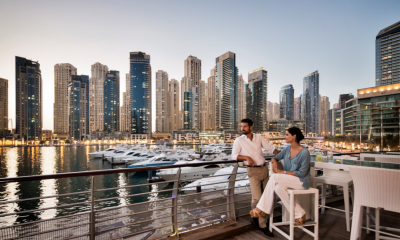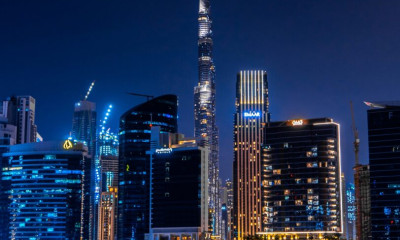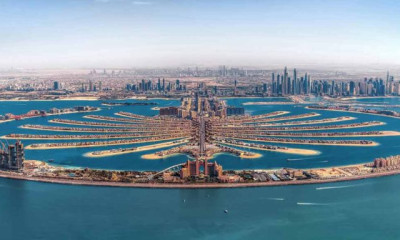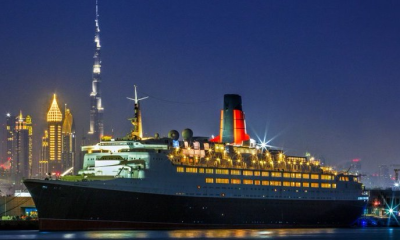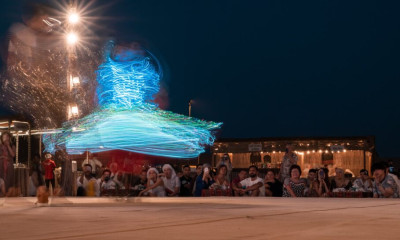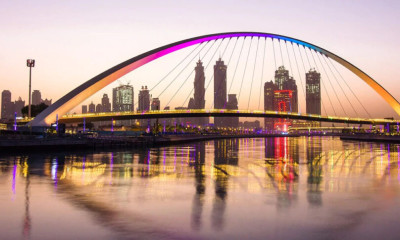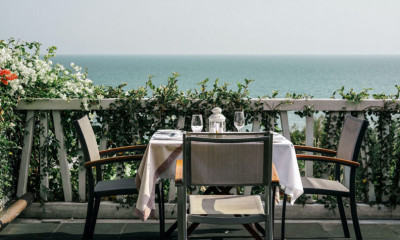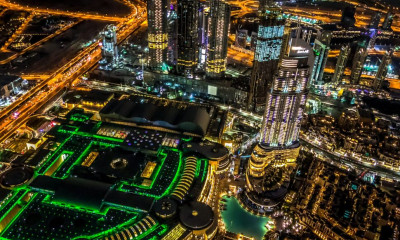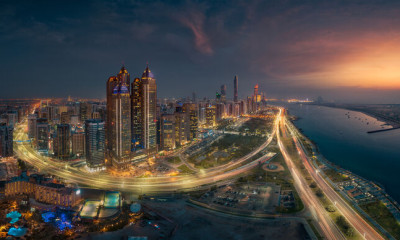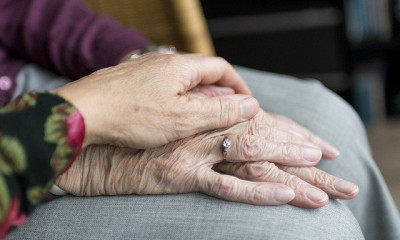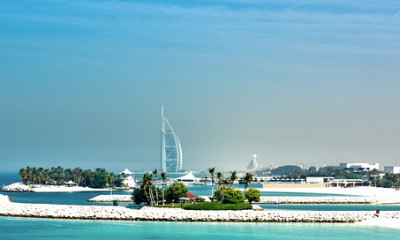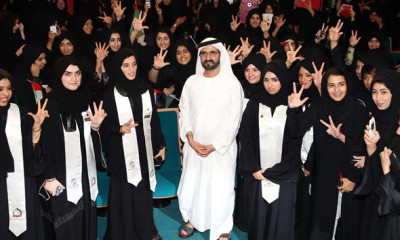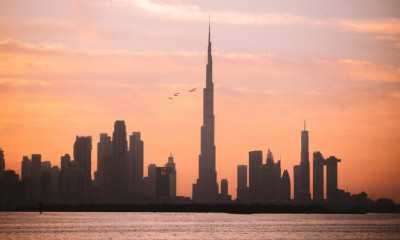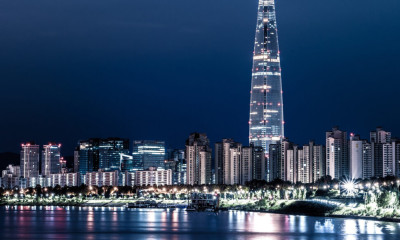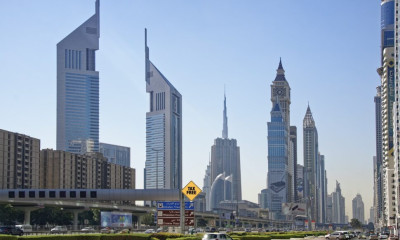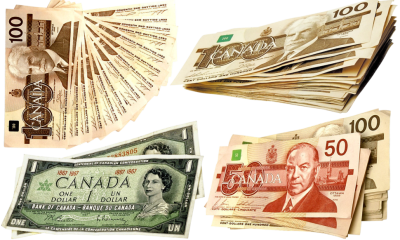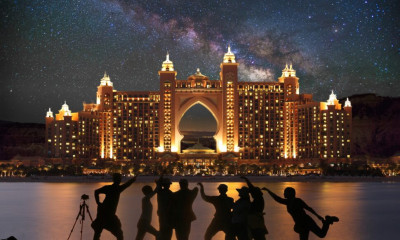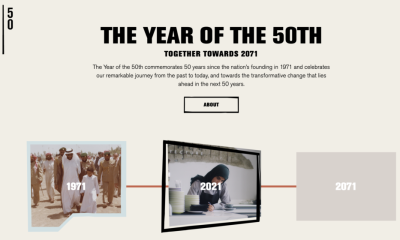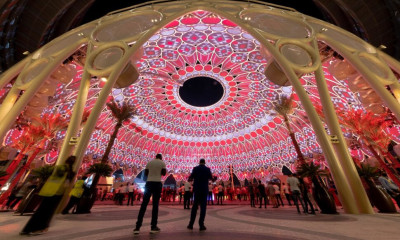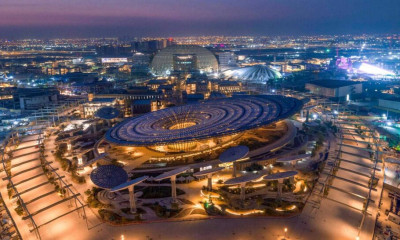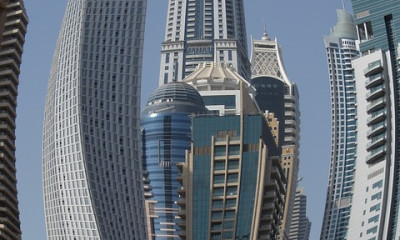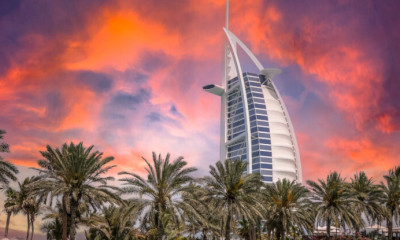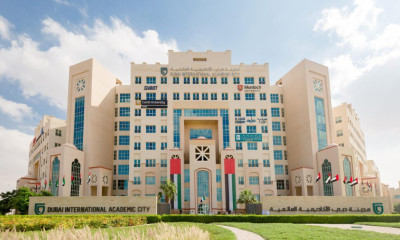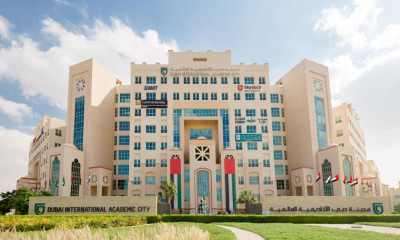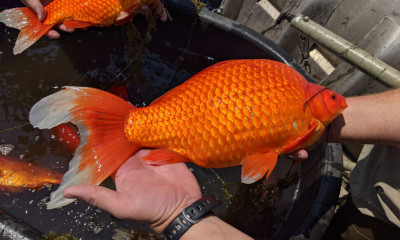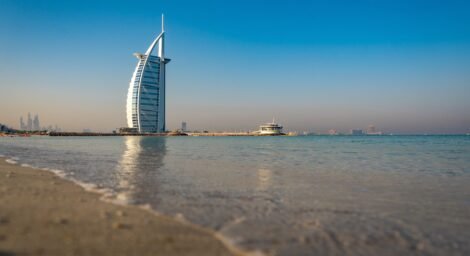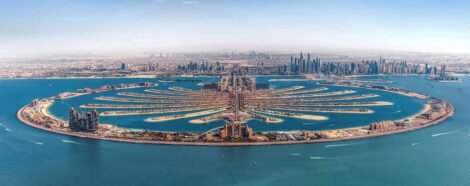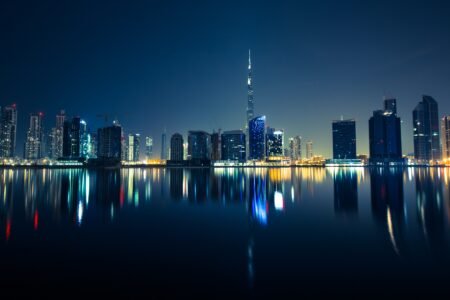
Weather

The climate is moderately continental, with cold winters, during which the temperature is often below freezing, and warm summers, during which nights remain cool. Summer, from June to August, is usually warm. The capital city Prague has a humid continental climate with mild summers and very cold winters. The average temperatures vary from -4 to -1°C in January and 14 to 23°C in July. October and November are the rainiest months. The ideal season is springtime with mild temperatures, blooming gardens and the first outdoor concerts. The climate is influenced by the Atlantic Ocean.
Cost of living

Living costs are affordable. For a family of four, the estimated monthly costs will be US$2,383 without rent. Prague is 47.31 per cent less expensive than New York (without rent). Living in the country is 30.82 per cent lower than in the US (aggregate data; rent not taken into account). Rent is, on average, 51.78 per cent lower than in the US. Prague has been the 124th most expensive city in the world according to the Mercer Index 2016 and in its 2017 Quality of Living Survey, the city ranked 69th on a list of 231 countries.
Connectivity
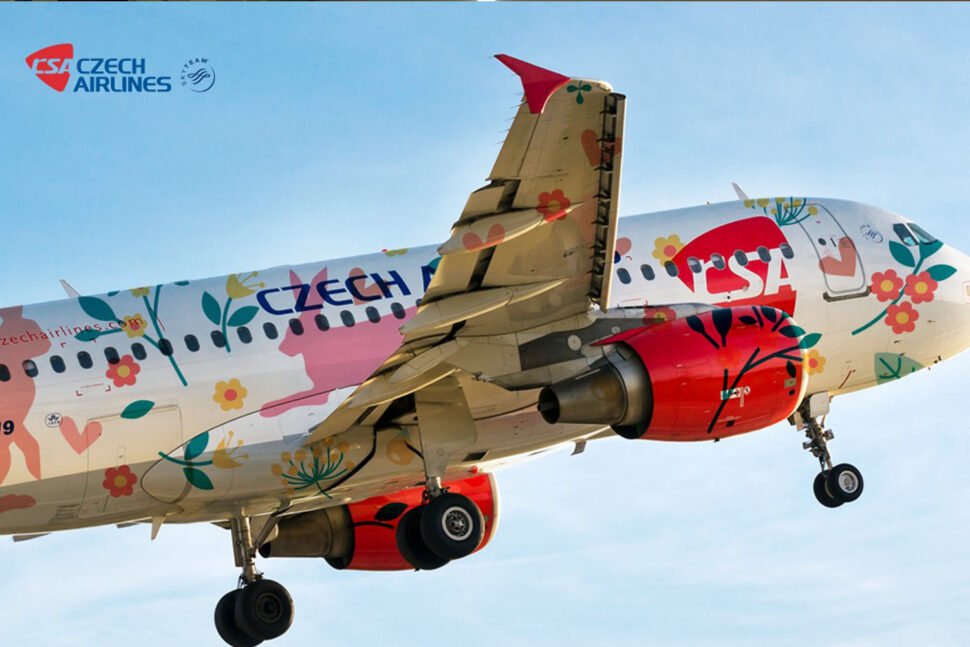
Czech Airlines, the flagship carrier, is one of the oldest carriers, set up in 1923. Today, it flies to over 100 destinations in 44 countries and offers connections to most European capitals and major cities in North America. With three terminals, Prague Airport, one of five international airports in the country, hosted 17.8 million passengers in 2019, the highest number ever recorded in a year. The airport is a hub for Czech Airlines and is served by a host of domestic and foreign airlines, LCCs and charter carriers, offering direct and connecting flights to all points of the globe.
Václav Havel Airport Prague operates services by 54 airlines to and from 113 destinations in 42 countries. Brno-Turany Airport is the second busiest airport.
Healthcare

The Czech Republic spends around seven per cent of its GDP on healthcare. Public healthcare is simply affordable, effective, efficient and available to all. The healthcare system has a great degree of decentralisation. In terms of administration, the system is based on a compulsory insurance model, with fee-for-service care funded by mandatory employment-related insurance plans since 1992. The system has 25,000 hospitals, clinics, and private medical practitioners. The standard of healthcare is one of the best in Central Europe. Even dental care is included under the healthcare coverage and it is free for all citizens.
The European Consumer Health Care Index for 2016 placed the Republic at #13 out of 35 countries, besting several Western countries including Britain, Spain, Ireland, and Italy.
Taxation

People considered tax residents in the Republic have to pay a flat personal income tax rate of 15 per cent- super-gross income is calculated as gross income plus employer social security contributions (33.8 per cent) and for individuals with yearly incomes exceeding 48 times the average. Established in 1993, the taxation system is divided into three basic groups: direct taxes, indirect taxes and other taxes. Generally, Czech tax residents are liable to declare and pay tax in the Republic on their worldwide income. Those who have a permanent residence in the territory of the Czech Republic or who usually reside in the Republic are liable to pay tax on their worldwide income unless a double taxation treaty stipulates otherwise.
Tourism

Must visits include Prague Castle; St. Vitus Cathedral; Wenceslas Square, Ceský Krumlov Castle; Brno’s Cathedral; Czech Crypts and Cemeteries; Colonnades and Spas of Karlovy Vary. Prague’s most popular attraction includes Charles Bridge which exhibits 30 Baroque statues erected during the 17th century. There are impressive natural landscapes across the country. Krkonose is Republic’s highest mountain range and remains very popular ski resort. Other popular sites include Saint George’s Basilica, Wenceslas Square and St Nicholas Church.
The traditional Czech dishes one should try include Svíčková na smetaně (marinated sirloin), Řízek (schnitzel), Sekaná pečeně (baked mincemeat), Česnečka (garlic soup), Uzené (smoked meat), Guláš (goulash) and Rajská omáčka (beef in tomato soup). Czechs make an average of 20 visits to the forest annually, picking up to 20,000 tonnes of mushrooms.
Crime

Violent crime is relatively rare, but theft and petty crime occur. Pick-pocketing is common, particularly in crowded and tourist places. Another crime is bag-slashing. Prague is a relatively safe city. The rate of violent crime is low and most areas of Prague are safe to walk around even after dark. In 2012, the Republic had a murder rate of 1.0 per 100,000 population. There were a total of 105 murders in the country in 2012. In 2018, there was one crime per every 55 people. With 0.6 police-recorded intentional homicides per 100,000 inhabitants, the Republic has the second-lowest rate of criminal offences. The country’s strongest points have been safe communities, low crime rates, difficulty in accessing weapons and low impact of terrorism.
Quality of life

The country’s quality of life had been ranked 24th out of a total of 149 countries in the 2019 Quality of Life Index by Deloitte, in cooperation with Social Progress Imperative. The Republic had been ranked among the world’s top 10 best countries for quality living for expats.
Government
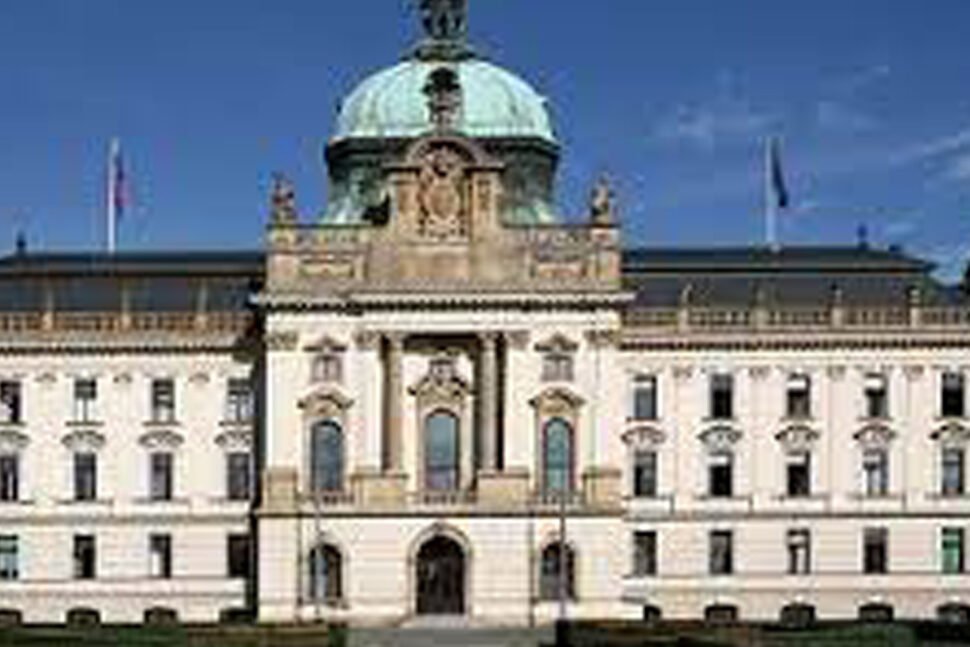
The Republic is a parliamentary democracy and one of the most advanced countries. The strong and independent central bank has maintained an extraordinary degree of currency stability since 1991. It is one of the most stable and prosperous markets in Central Europe which scored 30th ranking in the World Bank’s Doing Business 2018 rankings and scooped 31st position out of 138 countries in the WEF Global Competitiveness Report 2017-18. Strong fundamentals helped it to mitigate the impact of Covid-19 pandemic. In October 2019, rating agency Moody’s upgraded the Republic’s outlook to stable from positive, in what the country’s first upgrade for 17 years.
Economic stability
The Republic’s economic freedom score stands 74.8 and 23rd freest in the 2020 Index of Heritage Foundation. Its overall score has increased by 1.1 points due to an improvement in the score for government integrity. It has been ranked 22nd most economically free country in the world, according to the Index of Economic Freedom that studied 178 countries for the listing in 2019.

A landlocked county bordering Austria, Germany, Poland and Slovakia, the Czech Republic has come a long way politically and socio-economically since breaking away, along with Slovakia, from Czechoslovakia to become the first former Eastern Bloc state to acquire a developed economy status. The republic with a robust democratic tradition and rich cultural heritage have a highly-developed economy, with a GDP per capita averaging US$17,417 between 1990 and 2019 and reaching an all-time high of US$23,833 in 2019. After emerging from over 40 years of Communist rule in 1990, the nation of over 11 million people joined the European Union in 2004 as one of its 10 member-nations those days. Now ranked the world’s seventh safest country to live in, it hosts an expatriate community that presently accounts for five per cent of its total population and more than 10 per cent of its workforce.
A major tourist destination with picturesque settings and historic landmarks like a 16th-century castle, the world’s largest by the area that had been home to Holy Roman Emperors and Bohemian kings, the country attracts over 20 million visitors a year, with its capital, Prague, receiving over eight million visitors annually- almost seven million foreigners. The Christian majority state, measuring 30,450 square miles and mostly wooded with both highlands and lowlands, is undoubtedly living up to the reputation of being a vibrant and lively destination. The other big attractions include Bohemian Paradise, a landmark of outstanding natural beauty characterised by splendid rock formations and fine old castles; Ceský Krumlov Castle, a 13th-century UNESCO World Heritage Site and Kutná Hora, another UNESCO World Heritage Site that was once home to a Europe’s leading silver mine.
The Czech Republic is multiracial, multi-ethnic and multicultural with 64 per cent of the population being Czech, followed by Moravians, Slovaks, Poles and Germans. In 2019, about 15.72 per cent of the Republic’s total population were aged 0 to 14 years and 19.9 per cent of the population is above 65 years and above. The average age of the population has been continually rising since the early 1980s, having reached 42.3 years last year. The median age is now 43.2 years, ten years older than it was in 1980.
Interestingly, 74 per cent of the working-age population aged 15 to 64 has a paid job, higher than the OECD employment average of 68 per cent. It also ranks 16th among the 39 economies in Europe, with 78 per cent of its GDP based on exports, mostly from the automotive and engineering industries.
Interestingly, 74 per cent of the working-age population aged 15 to 64 has a paid job, higher than the OECD employment average of 68 per cent. It also ranks 16th among the 39 economies in Europe, with 78 per cent of its GDP based on exports, mostly from the automotive and engineering industries. The Republic boasts one of the European Union’s highest GDP growth rates and one of its lowest unemployment levels and government debt.
Since the fall of communism in 1989, the Republic and its capital, Prague in particular, has evolved into one of Europe’s most popular travel destinations. Living in the Republic is more affordable than in other European countries, especially in comparison with the UK, France and Germany. In 2018, Prague ranked 132nd most expensive city in Europe. As a medium-sized, open, export-driven economy, it is heavily dependent on foreign demand.
Like Portugal, Slovenia, Austria and Denmark, the Czech Republic doesn’t have a specific retirement visa. It doesn’t offer a specific retirement visa. To stay for longer than 90 days, one needs to apply for a long-term visa which can be issued for up to a year. This visa asks that you have an official, active purpose for the stay. After one year, one can apply under the same “purpose” for a one-year long term residency permit. After five years of legally residing in the Czech Republic, one can apply for permanent residency. Prague is emerging as an attractive destination for retirees, particularly from the European Union. If you are from a non-EU country and want to stay in the Republic for longer than three months, a long-term visa is the first step.
There are five different types of long-term visas, including a long-term Business Visa. Immigration legislation introduces the possibility to obtain a long-term residence permit for investors.
There are several conditions, which need to be fulfilled for getting an investment visa.
The Investor has to create at least 20 full-time jobs (for EU-citizens) and keep them operating at least for the duration of the Investment visa; S/he has to invest at least CZK75,000,000 (EUR 2,850,000 or US$ 3,250,000. The whole amount does not have to be invested in cash, up to 60 per cent can be provided through assets, both tangible and intangible. The investor needs to provide indebtedness clearance; a clean criminal record; financial statements for the last two fiscal years and other requirements; mostly formal; to obtain the investment visa.
It takes no longer than between 30 to 45 days to get an investment visa as opposed to 120 days for a long- term visa business. It also applies to passive shareholders and its validity can last up to two years.
In 2019, about 15.72 per cent of the Republic’s total population were aged 0 to 14 years and 19.9 per cent of the population is above 65 years and above. The average age of the population has been continually rising since the early 1980s, having reached 42.3 years last year. The median age is now 43.2 years, ten years older than it was in 1980.
The Czech Republic is multiracial, multi-ethnic and multicultural with 64 per cent of the population being Czech, followed by Moravians, Slovaks, Poles and Germans.



